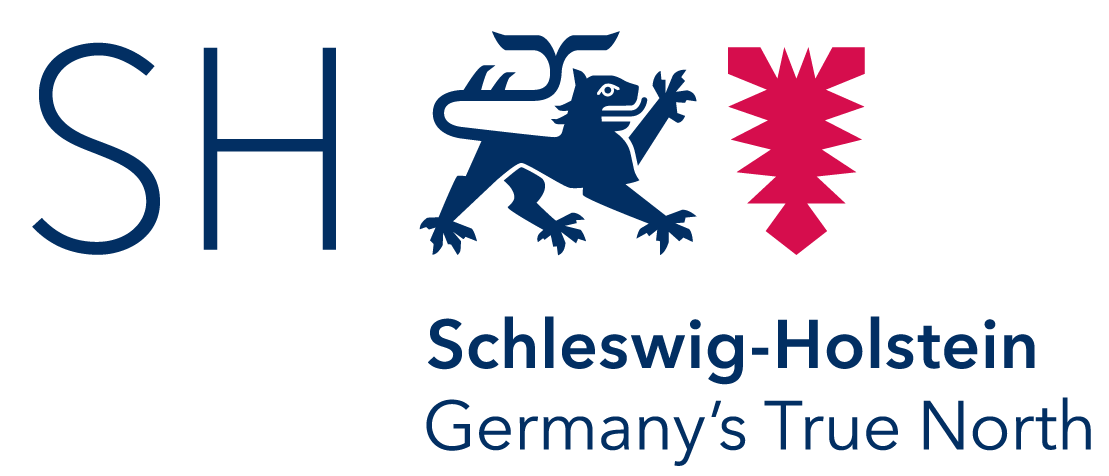Chinese Agricultural Geographical Indications and Firms’ Export Quality
Authors: Haiou Mao and Holger Görg (Agricultural Economics, forthcoming)
GI is a rising policy in developing countries, which has been relatively neglected in the existing literature. This paper studies Chinese agricultural Geographical Indications and its impact on firms’ exports. By relating newly authorized GIs with firm-product-location-destination level custom trade data according to GI’s geographical coverage and product type, we estimate the impact of these new GIs on firm’s exports. Importantly, we can distinguish GIs with and without quality supervision. For the latter we find negative impacts on export quality, which is not the case for GIs with quality supervision. We interpret this in the context of our theoretical framework as evidence for quality free-riding, where individual firms have an incentive to lower the quality of the export product. We show that this negative effect is less, the more concentrated an industry is or the more GIs there are for a particular product. Furthermore, our results suggest that the China-EU agreement on geographical indications may play the role of quality supervision and prevent the possibility of free-riding.
Keywords: Agricultural Geographical Indications, Export quality, Free-riding, China
JEL Classification: F10, Q18



 KCG Projects
KCG Projects


